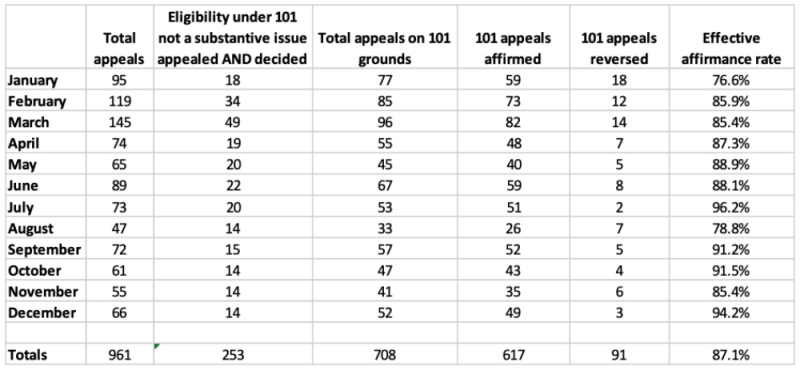USPTO Addresses Ambiguities in Means-Plus-Function, Step-Plus-Function Claims | Womble Bond Dickinson
United States Patent and Trademark Office (USPTO) officials recently reiterated to all patent examiners that they must provide clear, consistent analysis regarding means-plus-function and step-plus-function limitations.
The goal of this USPTO memorandum is to provide applicants and courts with clarity on the USPTO’s position with respect to claim interpretation under 35 U.S.C. 112(f). In addition, the memo directs examiners to training opportunities and educational resources to help them interpret means-plus-function and step-plus-function issues in a more consistent and clear manner consistent with this memo.
Specifically, the USPTO wants examiners to state more consistently whether a claim limitation invokes 35 U.S.C. 112(f) and provide a more detailed evaluation of the adequacy of the supporting disclosure.
USPTO Director Kathy Vital said in a statement, “This 112(f) guidance is part of our continued work to create more robust and reliable intellectual property rights on which patent applicants, investors, and the public can rely and use to build a stronger economy. This guidance builds on our 101 guidance and recently issued 103 guidance to ensure the USPTO is using consistent interpretations of the law across the agency.”
According to the USPTO, “Drafting claims with limitations that comply with 35 U.S.C. 112(f) can be beneficial to applicants by allowing them to recite a function in a claim and rely on the specification for the corresponding structure, material, or acts that perform the function and equivalents to the disclosed structure, material, or acts. This technique permits the claim drafter to avoid specific identification of the means or step for performing a claimed function in the claim itself by offering a shorthand that can point to a more robust description of the means or step in the specification.”
Interested parties may submit written comments on these proposed updated examiner guidelines to the USPTO by June 18.
This guidance may lead to an increase in Examiner interpretations under 35 U.S.C. 112(f). While the actual term “means for” may be rarely used today in claim drafting, it is important to note that if such terms are used, that the corresponding specification should include sufficient structural support. The increase in Examiner interpretations of claim elements under 35 U.S.C. 112(f) most likely will occur based on the use of non-structural terms. Similar to if “means for” is used in a claim, if there is a possibility that a term could be construed to be a “generic placeholder… for performing a claimed function”, patent holders and practitioners should attempt to draft the application so that sufficient structure and definition is included in the corresponding specification. Further, practitioners should assess that such description, while sufficient, does not unduly limit the alleged “generic placeholder”. As always, consideration should be given to description of terms in claims followed by “for” or “configured to,” for example. Failing to recognize these potential interpretations, as well as failing to include at least some structural support, could lead to enhanced risks of arguments of indefiniteness, lack of enablement, or lack of written description support in an application or granted patent.
Click here to read the USPTO’s full memorandum on means-plus-function and step-plus-function limitations.
[View source.]






